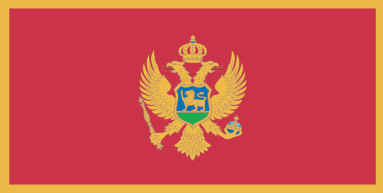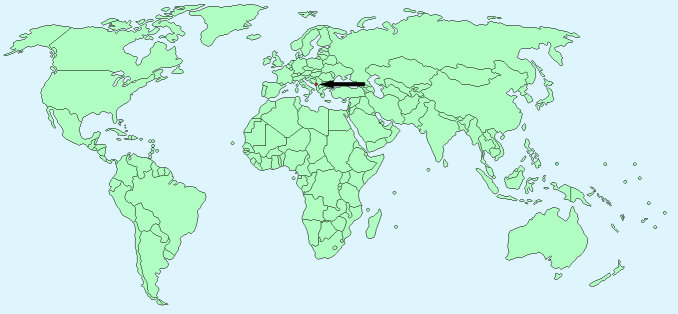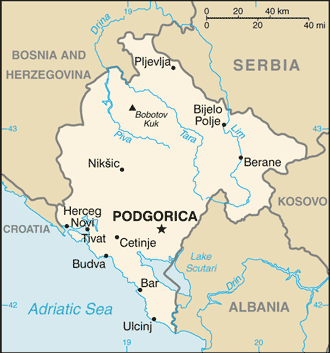Montenegro


Continent – Europe
Region – Central Europe, not EU member
Size – 13,812 km²
Geography – mountainous with plateau and narrow coastal plain
Language – Serbian 42.9%, Montenegrin 37% (official), Bosnian 5.3%, Albanian 5.3%, Serb-Croat 2%, other 7.5%
Religion – Orthodox 72.1%, Muslim 19.1%, Catholic 3.4%, atheist 1.2%, other 4.2%
Monetary Unit – Euro
Natural Resources – bauxite, hydroelectricity
Agriculture – tobacco, potatoes, citrus fruits, olives, grapes; sheep
Industry – steelmaking, aluminum, agricultural processing, consumer goods, tourism

Neighbouring Countries – Bosnia and Herzegovina, Serbia, Kosovo, Albania
Population – 650,036 (2014)
Population Growth Rate – -0.49%
Average Life Expectancy – 74.6
Capital City – Podgorica (population 165,000)
Highest Mountain – Bobotov Kuk (2,522 m)
Longest River – Tara (144 km)
Climate – Mediterranean – cool winters 1°C to 10°C and hot summers 15°C to 32°C
Yearly Rainfall – 150 cm approx mostly October to April
Plant Life – Mountain Regions – pine, oak, cypress, ash, beech, birch, maple, olive, juniper, maquis, scrub, thyme, sage, crocus, pyrethrum, flax, violet, gentian, vanilla, alpines
Animal Life – brown bear, grey wolf, red deer, roe deer, chamois, pine marten, dormouse, nose-horned viper, adder, lizards, newts
Bird Life – cormorant, ibis, shelduck, pelican, grouse, partridge, goshawk, falcon, griffon vulture, golden eagle, eagle owl, lark, thrush, buzzard, snowfinch, nuthatch
Harvard Reference for this page:
Heather Y Wheeler. (2015). Montenegro. Available: https://www.naturalhistoryonthenet.com/Facts_Figures/Country_Facts/montenegro.htm. Last accessed Tuesday, July 19, 2016
Facts and Figures Pages
